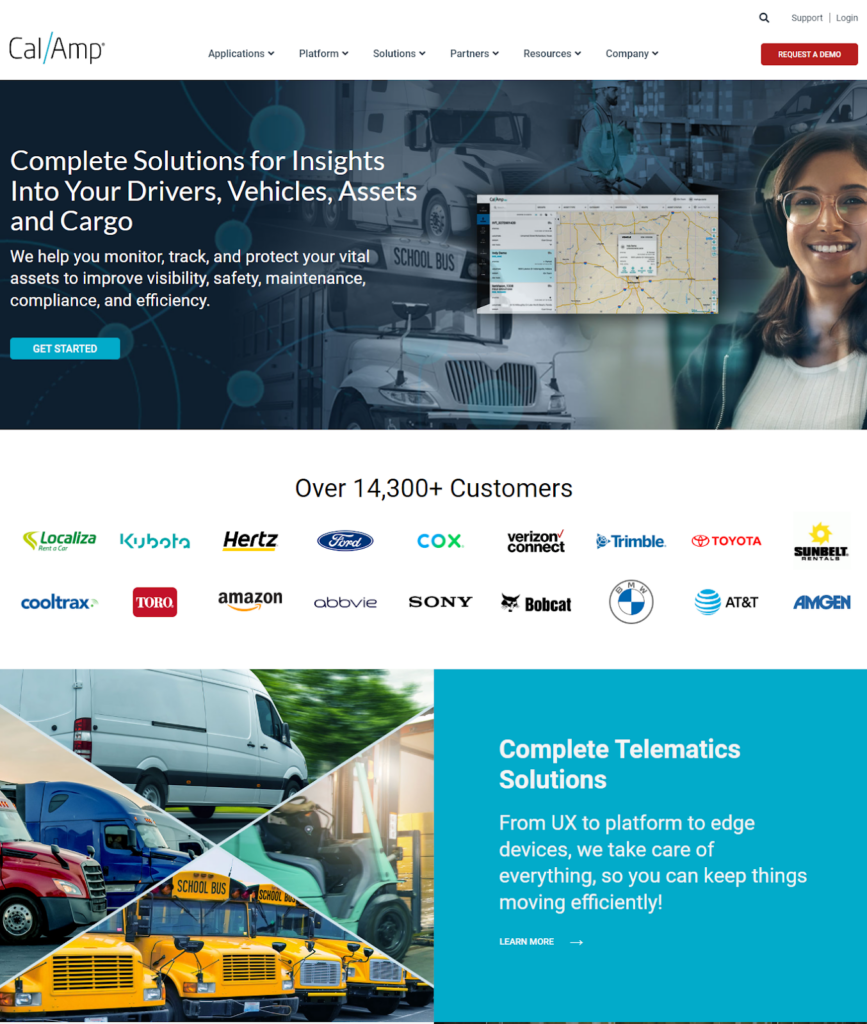
Blogging is a marketing technique that allows brands to meet their buyers during the discovery or awareness stage of their buying journey. This type of content can be created in many styles and distributed in many ways, making it a great tool for businesses of any type.
Although hiring a skilled content writer is one of the most efficient ways to create high-quality blog content for your site, many small businesses don’t have the marketing budgets to hire these specialists.
Luckily, with a little knowledge and practice, it’s possible to take a DIY approach to build a successful blog from the ground up. You have to start somewhere, right?
In this comprehensive guide, we’re going to cover how to write a blog post that people actually want to read.
We’ll start by covering the basics of blogging before we dive into the step-by-step process of writing a blog post. To wrap up, we’ll provide tips and tricks for writing blog posts to keep your readers’ attention.
Are you on the edge of your seat?
Let’s dive in.
The basics of blogging
Blogging is a form of content marketing. In other words, a brand creates content that it believes to be relevant and interesting to its audience with the goal of it being discovered organically.
Blog posts are similar to news articles but broken down into lists or sections for greater readability. Some popular blog posts include listicles, reviews, comparisons, and how-tos.
Although plenty of emerging resources can help you improve the content creation process, it’s still a great idea to understand the mechanics of blogging to take the output from these tools and polish them into engaging, readable articles.
For example, GrowthBar, an AI copywriting tool, can help you create long-form SEO content that Google loves five times faster than a human writer. These tools save time, but the human touch is valuable for ensuring readability and engagement.
Pro tip – Before you start blogging, make sure you find a good name to brand your blog. A good business name generator can be a great place to get some ideas flowing.
Don’t worry. We’ll teach you everything you need to know.
How to write a blog post
Now that we’ve covered the basics, let’s dive into the nitty-gritty of how to write a blog post.
1. Choose a topic
The first step to writing a compelling blog post is choosing a topic your audience is interested in.
If you’re unsure where to start, it’s a good idea to check out your competitor’s blogs to see what topics they’re covering.
One great hack for streamlining your blog writing process is to keep a running list of topics to cover that you can add to as ideas pop up. That way, you always have something to work with, even if inspiration is lacking.
2. Find the right keywords
Google and other search engines are a great way to distribute blog content to get your brand in front of a larger group of people.
If you want to tap into search engine optimization (SEO) to distribute your content, you’ll need to choose keywords to target in your article.
Finding keywords is easy with the help of a dedicated tool.
Ahrefs, Moz, SEMrush, and Google Keyword Planner are among the most popular options. These tools tell you how much search volume there is and how competitive the search engine results page (SERP) is for a specific keyword.
You’ll want to choose a keyword that’s getting at least some search volume. Some people exclusively target words that are getting thousands of searches per month. However, don’t be afraid of a lower volume if you find a niche keyword that’d resonate with your audience.
Typically, you’ll want to choose one primary keyword to focus on and a few secondary keywords.
3. Create an outline
Next, you’ll create an outline for your blog post. This step is very important because it’ll help you create an article that’s well-structured and effectively organized.
You don’t have to follow MLA or any format you learned in school, but you should keep the general structure of separating topics in a hierarchy that’ll yield an article with a sensible flow.
4. Research the topic
Now, it’s time to fill in your outline with research.
- Pull your information from reputable sources and industry thought leaders.
- Find statistics to quantify your claims, and refer to studies where necessary.
- Keep track of your sources so you can link to them in your article.
While conducting research is crucial, personal experience and expertise reign supreme. When you are confident that you have the correct method for doing something, utilize that understanding to supplement your outline.
For example, if you own a cleaning company that sells car cleaning products such as steering wheel cleaner or leather cleaner and have been using these products for years, you can simply pour the information from your brain.
Piece of cake!
5. Write the post
After researching and jotting down ideas, you can move into the writing phase. It’s as straightforward as it sounds. Turn your ideas and notes into legible sentences and paragraphs.
Assuming your outline flows well, you can keep your top points as your headings and subheadings in your blog post. You can tweak them to make them blog-appropriate, but leaning into that structure can be helpful.
To maintain readability, keeping your sentences and paragraphs somewhat short is important. Large blocks of text and run-on sentences are two surefire ways to lose your readers’ attention.
6. Edit the post
Once the post is complete, it’s time to edit. Read through your work to look for typos and grammatical errors.
It’s also a good idea to use tools like Grammarly and Hemingway App to help pick up mistakes you may have missed.
One tip that can significantly enhance your writing quality is hiring an editor. A professional editor can not only catch grammar and spelling errors but also provide valuable insights into the readability and flow of your writing.
Either way, editing can make a huge difference in whether people actually want to read your blog posts.
Tips for writing engaging blog posts
Now that you’re more familiar with the blog writing process, let’s review a few helpful tips to ensure your blog post is engaging.
Use a catchy title
Creating a catchy title is key to getting people to read your blog post. The title should be compelling and informative.
However, it’s worth noting that “catchy” doesn’t equal “misleading,” so it’s important to avoid using clickbait in your title. Make sure your article delivers everything the title promises, and don’t set false expectations.
Curate for the target audience
Ensuring your blog content is relevant and interesting to your target audience is key. You wouldn’t buy delicious bacon if you were a vegetarian. Consequently, your readers won’t read a blog post that isn’t interesting to them.
That’s why it’s important to define your target audience correctly before writing. You should get to know your audience well so you know exactly what content they are looking for.
For example, users of the platform Salarship mainly use it to find job opportunities, but they also actively read the Salarship blog. This is because the articles are informative and contain insights that are valuable to the reader. They make them feel that they aren’t alone in their professional challenges.
Your blog posts can provide a sense of community to your target audience.
Keep things interesting (but accurate)
One secret to keeping your audience interested is to write about something your audience already cares about.
If your goal is to write about a specific topic, remember that you must first create interest in that topic or find something that your audience has expressed interest in.
Let’s say, for example, your website is in the fashion niche, and a famous designer presented a new collection of linen suits on the catwalk this week. You can take this opportunity to talk about reasons to buy linen suits in your new article while linens are relevant.
On the other hand, if you’re writing in the medical niche, you should cover any topic with the utmost precision and empathy — including sensitive topics like sexually transmitted diseases or Viagra use.
When you use a mix of hot topics and real and raw content, your readers are more likely to trust you and start reading your blog posts for practical purposes.
Use graphics
Although the text is the star of the show with this medium, it’s important to use graphics to break up the text and improve its readability. This could include images, charts, graphs, videos, and gifs.
If you have the bandwidth and resources, you should try your best to create custom graphics for your blog. However, you can also find stock images on sites like Pexels, Shutterstock, and Unsplash.
You can also find images on Google, but it’s important to filter your results to those eligible for commercial use.
Final thoughts
With so many great tools available at your fingertips, writing a blog post is easier than ever.
And publishing high-quality blog content is great for improving your brand’s discoverability and connecting with your target audience.
So now that you know how to write a blog post, are you ready to start writing?
Featured Image by Amelia Bartlett on Unsplash
The post How to Write Blog Posts That People Actually Want to Read appeared first on noupe.






